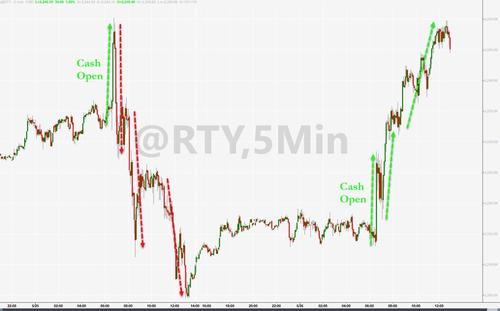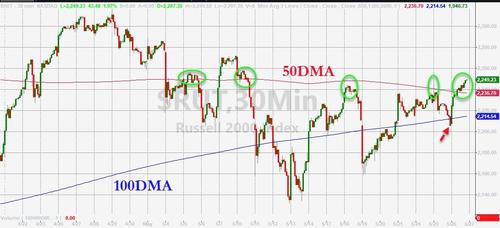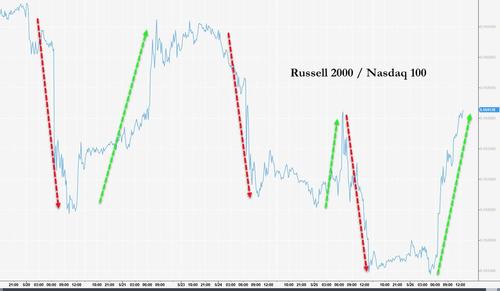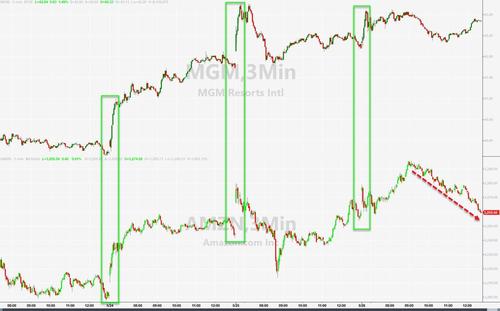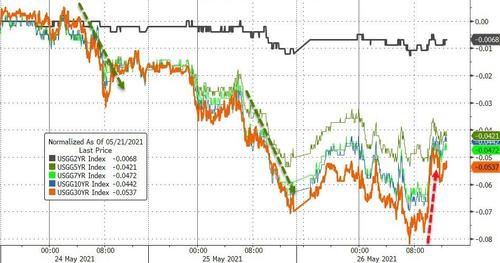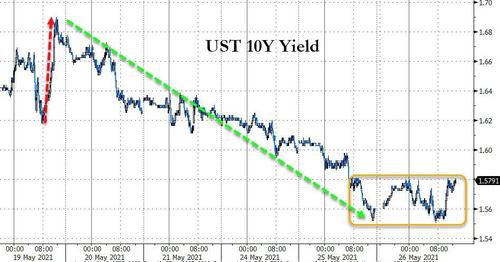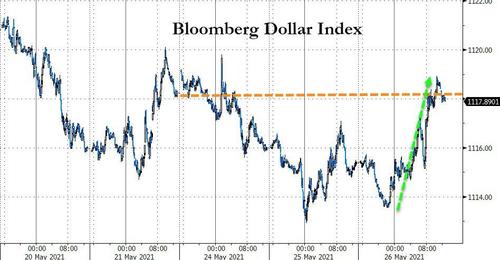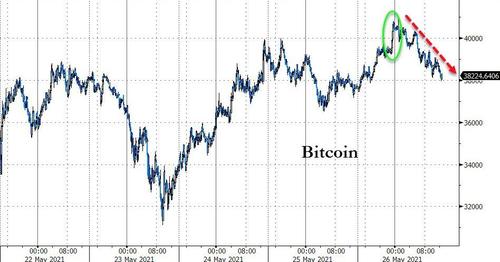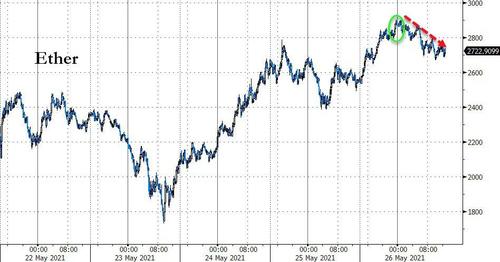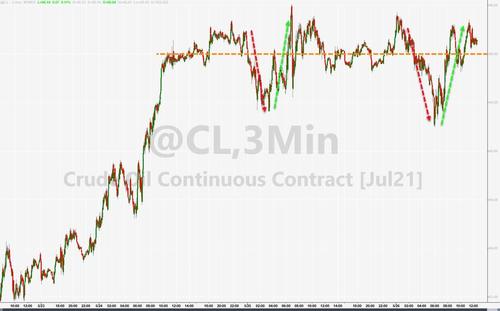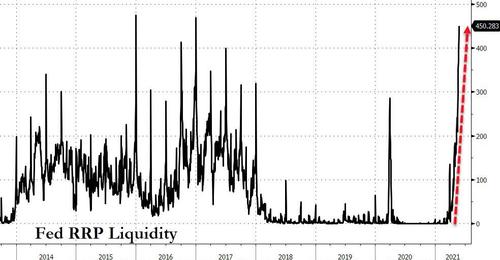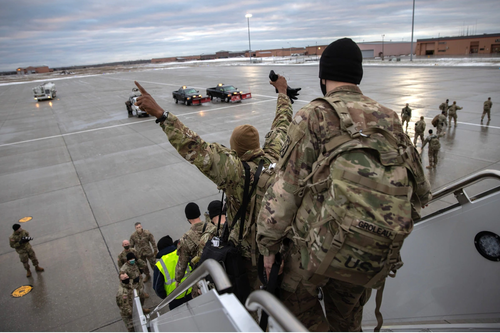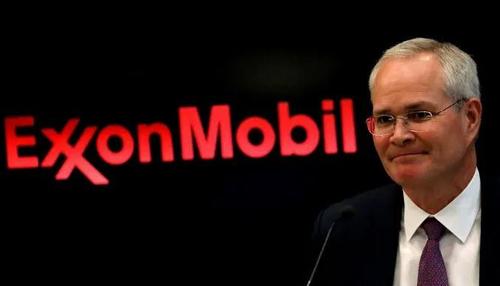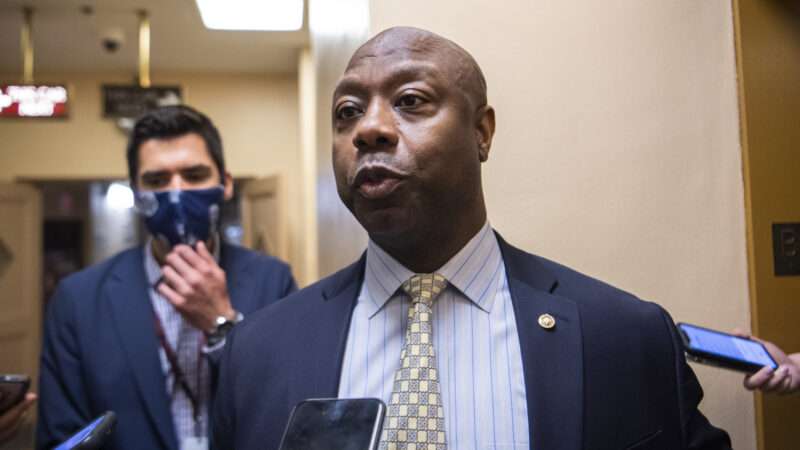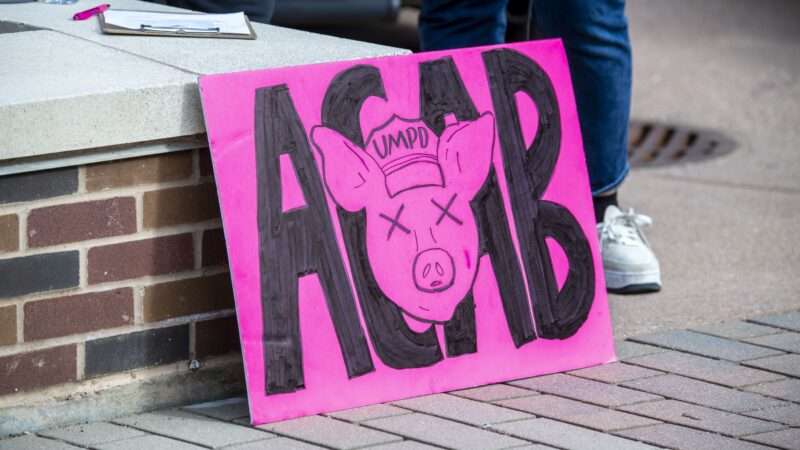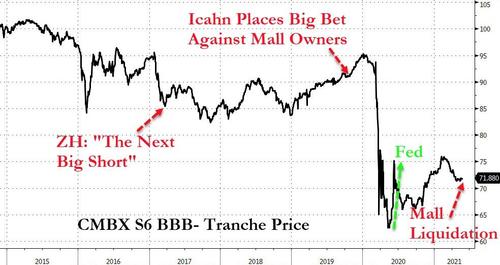The acronym ACAB—”all cops are bastards”—has become a popular slogan at protests against police brutality and corruption. Cops whose feelings are hurt by this have little legal recourse since declaring all cops bastards is protected speech whether they like it or not. But Phoenix-area law enforcement apparently thought that they had found a way around this: by declaring ACAB to be the name of a criminal gang, and those chanting it to be declaring their gang membership.
This was a fiction—and authorities now admit as much. Prosecuting slogan-chanting protesters on gang charges was “deeply flawed” and there was “no likelihood of conviction on the gang charges,” wrote Maricopa County prosecutor Ryan Green in a court motion.
Yet promulgating this pretense allowed Phoenix-area authorities to arrest and charge more than a dozen anti–police brutality protesters under the guise of stopping gang activity.
After being arrested last fall, these defendants were forced to spend months fighting allegations that they had been “assisting a criminal street gang.” The charges were eventually dismissed in February. But “prosecutors have not permanently backed off from future prosecution,” notes the Arizona Republic. Of the 15 adults charged, “only one of them had their case dismissed with prejudice, which means prosecutors can’t refile charges against them.”
Besides, those charged were listed in the state’s gang database and may still be on it. Officials still won’t say whether they have now been removed.
The case “highlights larger issues with the vague nature of Arizona’s gang statutes and the broad power provided to law enforcement agencies to document and track alleged gang members without public scrutiny,” suggests ABC15 reporter Dave Biscobing.
Amy Kaper, who is 29, was one of the people that local authorities deemed members of the fictional ACAB gang after she attended a small October 17, 2020, protest against police abuse. Reportedly all of those in attendance—15 adults and three minors—were arrested.
“It’s scary,” Kaper said in a February interview with ABC15. “It feels like totalitarianism. It feels like we’re not allowed to speak out about our rights. And unless you’re on the side [police are] on, they’re going to arrest you and try to ruin your life.”
ABC15 has been digging deep into the alleged “gang” prosecutions. “The evidence shows police and prosecutors presented grand jurors with dubious claims, one-sided evidence, exaggerations, and lies,” the station concluded.
The bulk of the protest consisted of the group simply marching down a street and chanting. Some carried umbrellas, to shield themselves from potential pepper balls or identification by counterprotesters trailing them with cameras. In addition, “some protesters tipped orange cones, toppled temporary street signs, and dragged construction barriers to slow and annoy the police” who were trailing them, reports ABC15. “At one point, one person in the group released a smoke maker—the same type often used in gender reveal parties, court records show.”
After being arrested, the protesters were entered into Arizona’s statewide “GangNet” database and charged with rioting, obstructing a public thoroughfare, unlawful assembly, conspiracy to commit assault, and assisting a criminal street gang. While all of the charges seem like overreach, the gang charge is especially galling.
Circuitous and vague definitions of gang activity in Arizona helped make it possible.
Arizona defines assisting a criminal street gang—a felony—as “committing any felony offense, whether completed or preparatory for the benefit of, at the direction of or in association with any criminal street gang.” A criminal street gang is defined as “an ongoing formal or informal association of persons in which members or associates individually or collectively engage in the commission, attempted commission, facilitation or solicitation of any felony act and that has at least one individual who is a criminal street gang member.”
To be deemed a criminal street gang member, someone must meet two of seven criteria: self-declaration, “witness testimony or official statement,” “written or electronic correspondence,” paraphernalia or photographs, tattoos, clothing or colors, or “any other indicia of street gang membership.”
At a grand jury trial for one of the arrested protesters, Sergeant Doug McBride of the Phoenix Police Department said the protesters met the criteria because chanting “all cops are bastards” counted as self-identification with the alleged ACAB gang, and the color black, worn by many protesters, was an ACAB gang color. (He also said umbrellas were part of the ACAB gang uniform.) Besides, “under the gang statute, just hanging around and participating can also be another indication of former or informal association,” he told the grand jury.
McBride said Phoenix police had “first came into contact with this group through graffiti, signage, ACAB written on the back of skateboards and different paraphernalia,” then went on to liken the alleged ACAB gang to Hells Angels, the Bloods, and the Crips:
Q: And are you finding that ACAB is following the exact same type of philosophy of let’s say the Bloods and the Crips?
A: Yes.
Q: And what about even maybe the same philosophy as the Hells Angels?
A: Very similar, yes.
Q: And why would that be similar?
A: I think because the tattoos, the intimidation factor, how they are directing their violent behavior very similar to the Hells Angel organization where they actually organize their violent behavior, and then they carry that out in a very organized fashion. It’s not random with the Hells Angels.
Q: And are you finding that’s exactly what this ACAB group is doing is they are organizing for the intent to create violence?
A: Yes.
McBride further contended that unlike the Bloods and the Crips, “this is the first time…that we have an organized group of individuals and all of their planning and all of their violence is directed directly toward the police department.”
All of this is ridiculous, as anyone who has encountered the ubiquitous (and at least century-old) ACAB slogan online and at protests can attest.
It’s also frighteningly authoritarian. Charging protesters as gang members has “serious implications not only for the individual lives of those impacted, but for everyone who values free speech and the promise of democracy,” said Phoenix City Councilmember Carlos Garcia in a statement last November. “It’s an abuse of power. It is political persecution. It is undemocratic.”
Maricopa County said the information that ACAB was a gang was based on faulty reports from a former police informant—Riley Behrens—with a history of lying. Behrens also provided information to the FBI.
This isn’t the only time last summer and fall that Phoenix authorities arrested protesters, nor the only protest case in which they are accused of lying. “Phoenix officers embellished the facts in another protest arrest last year by falsely claiming a demonstrator intentionally stabbed a sergeant with a sharpened umbrella tip,” notes ABC15. Cellphone video obtained by the station shows this was not the case.

from Latest – Reason.com https://ift.tt/3fnkAZ6
via IFTTT

